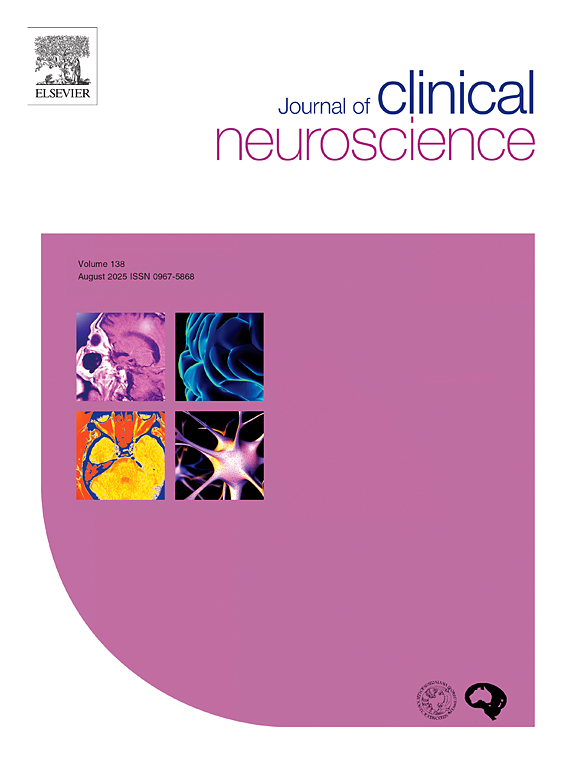Translaminar contralateral endoscopic foraminotomy for foraminal stenosis and lumbar disc herniation at L5-S1
Translaminar contralateral endoscopic foraminotomy for foraminal stenosis and lumbar disc herniation at L5-S1
Published 2025
L5-S1 pathologies including foraminal disc herniation, foraminal stenosis and spondylolisthesis are well-recognized causes of radicular pain, functional limitation, and diminished quality of life, with many patients requiring surgical intervention due to refractory symptoms or progressive neurological compromise [1,2]. Traditionally, surgical decompression at L5-S1 has involved interbody fusion procedures, aimed at restoring foraminal height and stabilizing the segment to relieve nerve root impingement [3]. However, these procedures can result in prolonged recovery times, increased surgical morbidity, and the long-term risk of adjacent segment degeneration [4,5]. In recent years, endoscopic techniques have emerged as minimally invasive, motion-preserving alternatives for patients with radiculopathy due to foraminal compression [5,6]. Among these, the translaminar contralateral endoscopic foraminotomy (TCEF) approach allows for direct visualisation and precise neural decompression of the L5 nerve root without compromising segmental stability, offering faster recovery, less postoperative pain, and significant reduction in hospital stay [[7], [8], [9]].
